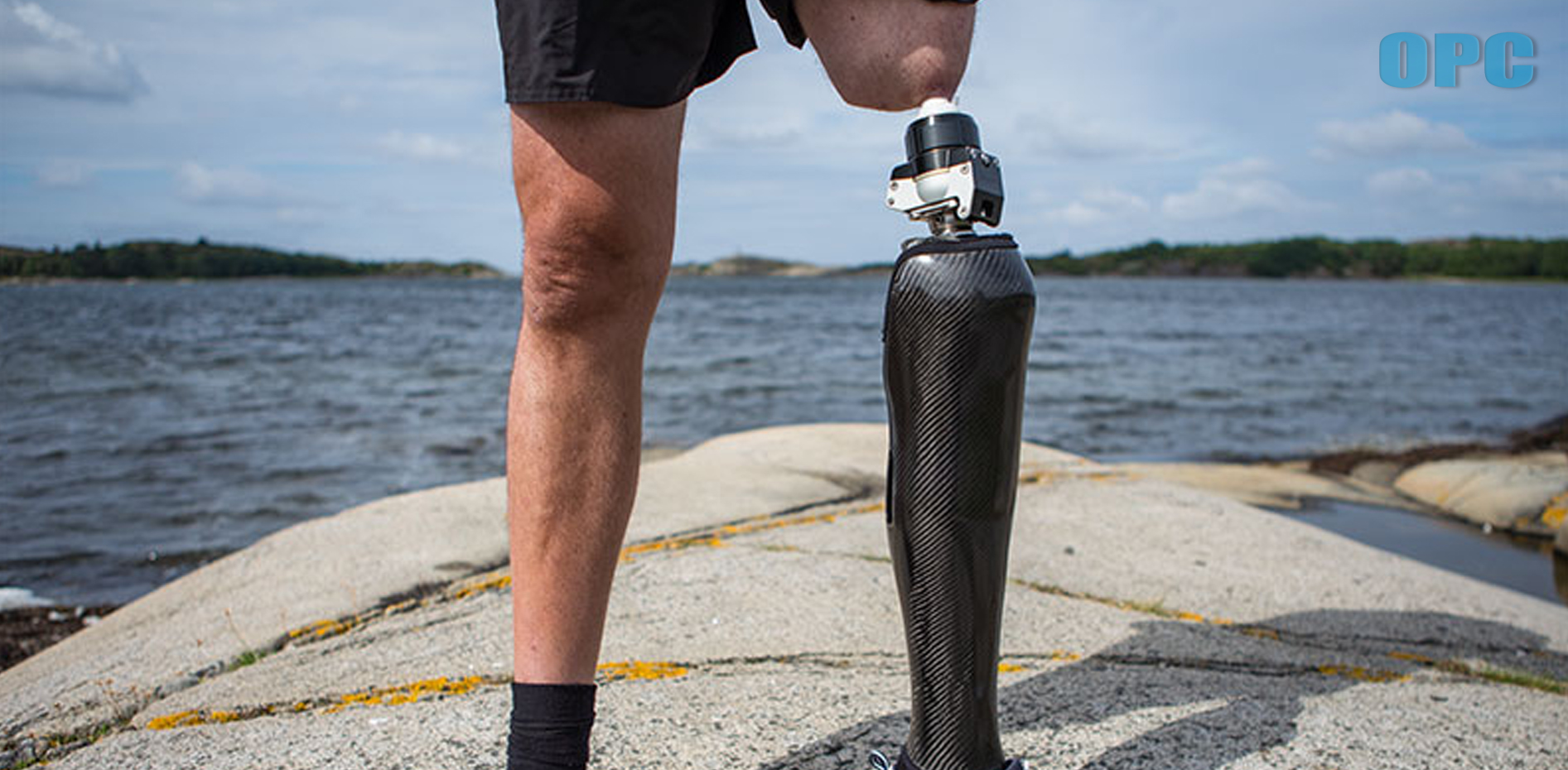With limb amputation, life may not be the way it was anymore. After all, there are several adjustments to tune both your body and mind to. Again, the discomfort of the amputation trauma depends on both the person and their family. However, to make things easier, there are prosthetic options that have been medically developed for you.
The conventional ones, of course, are the socket prostheses. They are usually detachable and suspended from the point of amputation. But then, these prostheses often present some forms of discomfort to the users. These inconveniences may include sores at the amputation stump, residual limb pain, general discomfort, prosthetics attachment and detachment stress, etc. People with leg prosthetics seem to experience these effects more, especially those with cases of bone cancer. Therefore, the option of bone-anchored prostheses becomes imperative to give relief to the distresses highlighted.
What is a Bone-Anchored Prosthesis?
This innovative medical method allows for the artificial limb to be directly fixed on the skeleton of the human person. The prosthetic limb is anchored directly on the bone. This allows for a seamless function of such a limb compared to a detachable prosthesis.
The pioneering technology that powers this bone-anchored fixation is called Osseointegration. That is the fitting of titanium with the human bone. The ability of the titanium to stay fixed on the bone due to its biocompatibility, strength-to-density ratio, corrosion resistance, and lower modulus of elasticity is what this medical innovation explores.
The bone-anchored implant that makes this possible is the Osseo integrated Prosthesis for the Rehabilitation of Amputees (OPRA™). This device works in three parts:
- The Fixture
- The Abutment (A connection that penetrates the skin)
- The Screw (for the abutment)
Are There Complications to Bone-Anchored Prosthesis?
The complications from bone-anchored prostheses are fewer compared to the socket type. The usual post-surgery issues are infections and device loosening. And these are common to every implantation surgery. However, the infections can be treated via non-operative methods. And the device loosening, usually caused by the use of steel, has now drastically reduced. This improvement is hinged on titanium instead of steel for Osseo integration.
Should You Use Bone-Anchored Prosthesis?
Your comfort as a patient is an essential factor in this decision. Do you feel comfortable with the use of a socket prosthesis? If you don’t, you should consider giving a bone-anchored prosthesis a try.
Interestingly, qualifications for benefitting from the OPRA™ are not strict. If you consider it a viable option for your situation, you could opt for it, particularly if you experience some difficulty with the traditional prosthetic fixture method. Socket artificial limbs, even the most firmly placed ones, could present discomfort in your movement.
You could also try a bone-anchored prosthesis if it is practically impossible to use the conventional one or if you observe the rise of skin infection using it.
Conclusion:
Medical innovation is on the rise to solve everyday human problems. The new bone-anchored prosthetic procedure is one of many. You could give it a try to enjoy more comfort.





